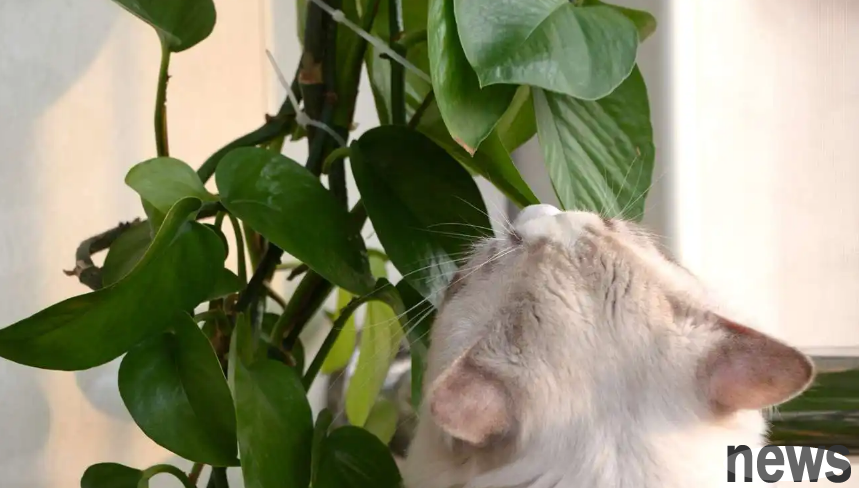Why do cats bite green ivy? The cat may be for playing, or it may be showing its power and control. In addition, the cat may be exploring its environment. The cat may be biting the green ivy because it was frightened or threatened, or it just wanted...
Why do cats bite green ivy? The cat may be for playing, or it may be showing its power and control. In addition, the cat may be exploring its environment. The cat may be biting the green ivy because it was frightened or threatened, or it just wanted to grab it and bit it.
The cat bites green ivy because it is curious or because of stomach discomfort, so it wants to stimulate vomiting by eating grass. However, owners must pay attention that green ivy is poisonous to cats. After eating green ivy, cats may experience symptoms of vomiting, diarrhea, poor appetite or loss of appetite, and may also experience dehydration and anemia. Therefore, in order to avoid this situation, it is recommended that people who raise cats should not have green ivy at home. They can choose to plant cat grass at home. Eating it can promote the excretion of hair balls and not be afraid that cats will be poisoned.

1. Curiosity
Cats are creatures that are curious about unknown things. Green baskets are such unknown things for cats, so cats may bite the leaves of green ivy out of curiosity.
2. Stimulate vomiting
Because cats will lick their hair at any time, this will inevitably prevent the cat from swallowing hair into its stomach and intestines, and these hairs cannot be digested and absorbed. The cat will bite the leaves of the green ivy and achieve the purpose of inducing vomiting and excreting hair balls by eating fiber.

Note: In addition to green ivy, plants such as azaleas, ivy, lilies, daffodils, hydrangeas and other plants are poisonous to cats. Therefore, it is recommended that cats not raise these flowers and plants. If you want to raise them, you should also raise the plants separately from the cat and not let the cats come into contact.